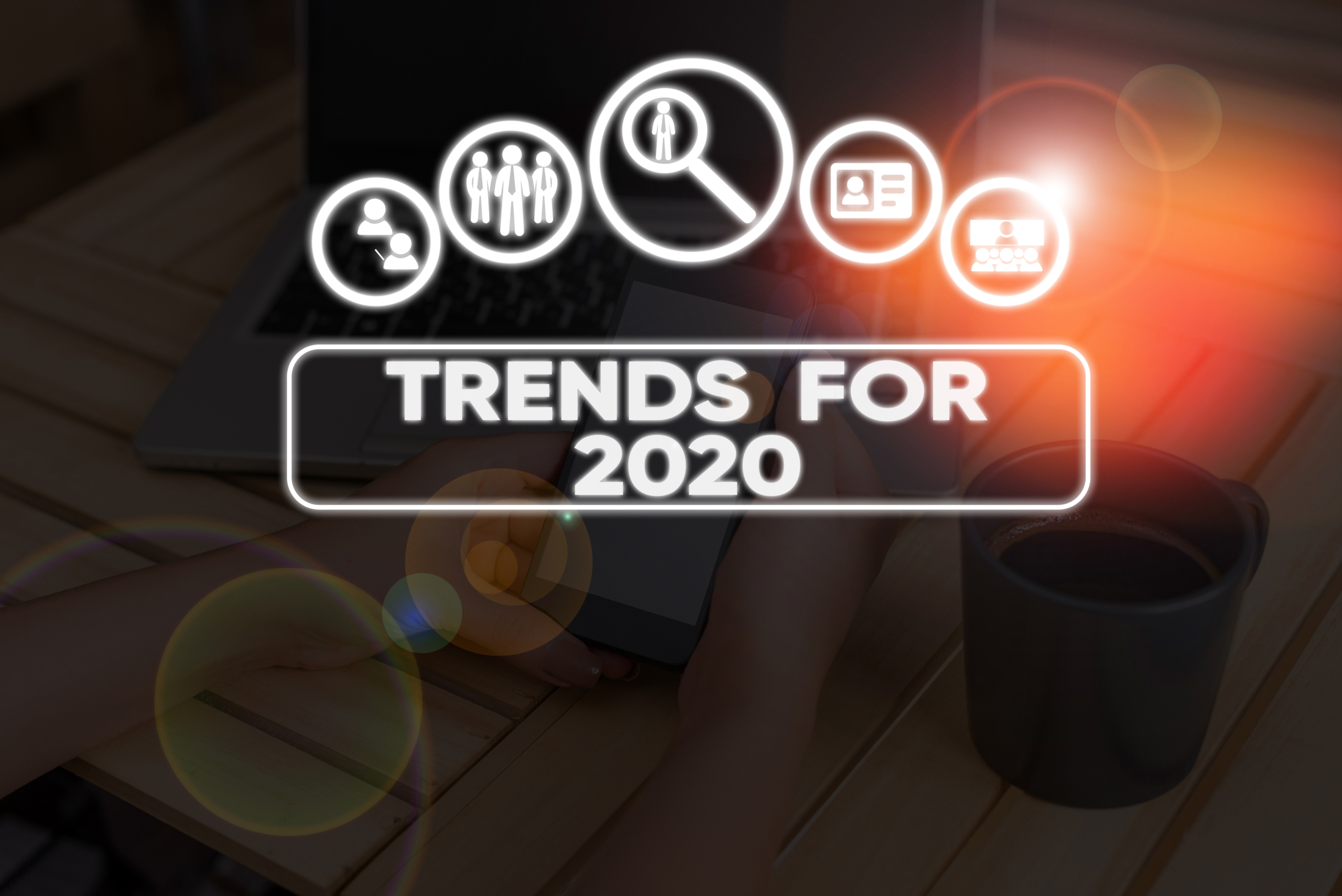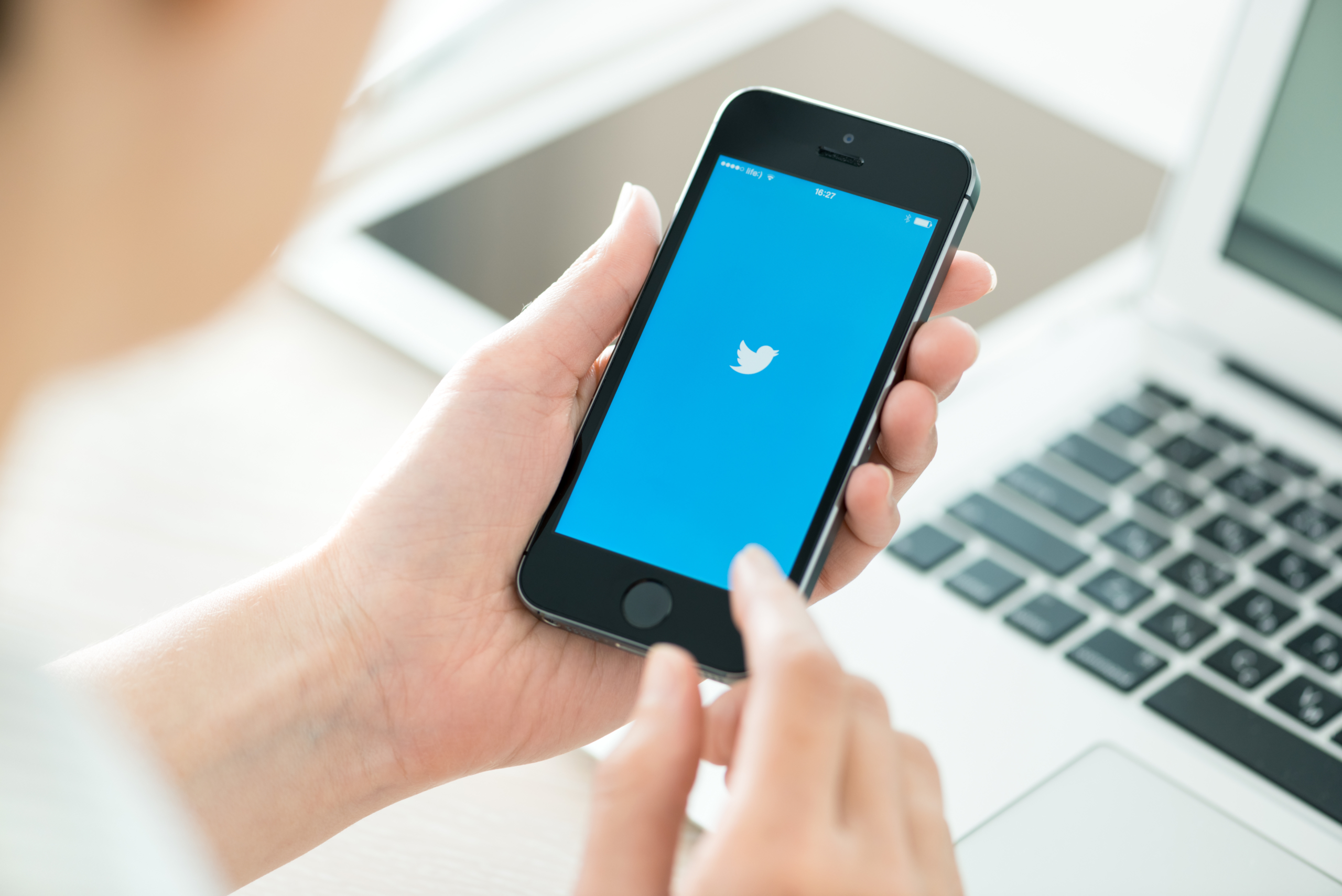Marketing is one of the fastest-changing professions today. With that, you never want to find yourself stuck in a rut or using outdated strategy. As the end of the year approaches, it’s the perfect time to research
- Home
- Tag: Digital Marketing
Whether liked or not, the entire holiday season remains the most important time of the year for both brands and consumers. Even though Black Friday and Cyber Monday are the two largest shopping days of the year,
When building PPC campaigns, marketers usually focus on what should be included in targeting attributions. However, campaign exclusions are equally as important. Negative audiences, keywords, and other exclusions help to reduce wasted spend ensure people see the
Twitter has proven to be an incredibly powerful marketing tool for certain brands. It can be a great platform to increase awareness, engage with customers, and grow your business, but it isn’t right for everyone. Each social
Customer relationship management (CRM) tools and content management systems (CMS) are two types of software used for sales and marketing. They’re often mistaken as similar or interchangeable tools, but in reality, their purposes are very different. They
Onimod Global is officially 10 years old! We’re celebrating a decade of providing expert and innovative digital marketing solutions for our clients. Working with companies of all sizes, in many industries across the globe has given us
In 2018, 14.8 million online sales were processed on Black Friday, making it the most popular shopping day of Thanksgiving weekend, including Cyber Monday. Black Friday is one of the most important, if not the most important
The B2B conversion funnel can be very different than that of B2C. The purchasing decision and sales cycle as a whole can take much longer. First, because there is more than one decision maker. When purchases are
The use of content marketing has grown exponentially in recent years. While the vast amount of content on the internet can be a positive, it’s also left the market extremely saturated. This means that the use of
Google AdWords is one of the most used digital marketing tools today. Even though its use is widespread, optimization is still difficult for some. Creating a successful AdWords campaign is time-consuming and takes detailed, exhaustive work. It















